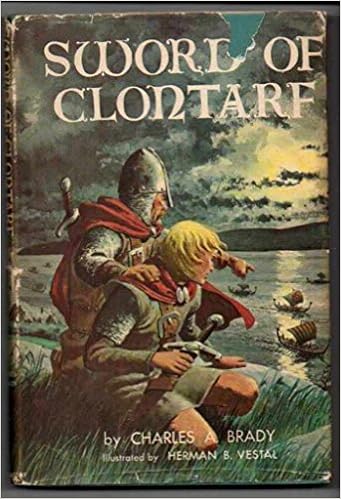Today we’re looking at a book in Andre Norton’s Forerunner series. In all honesty, I did not know the Grande Dame of Science Fiction had turned this into a series. From what this blogger had seen of her bibliography, there were only a couple of Forerunner books written. Yet this is the third Andre Norton I have encountered with Forerunner in the title.
Clearly, this writer needs to brush up on Ms. Norton’s backlog. She is missing something in the list and it behooves her to find out what. At some point in the near future, I will have to make time to search for more Forerunner books and get the listing straight.
But you came here to learn about a good book, not to read this author lament her lack of knowledge. Let’s stop the pleasantries and jump in, shall we?
On a desert world with no sun or moon, Simsa sits beneath a cloak fashioned from blankets taken from her stolen Life Boat. A thief from the Burrows on the planet Kuxortal, Simsa escaped that life with the help of a human Ranger named Thom. Together they fought ancient evils – and made a strange discovery. Simsa had a twin.
Not a regular twin, mind you, but an Ancient One. In this girl’s case, her twin was one of an old, old race with powers unknown to mankind and most modern species. The mind of this Elder One had remained in the preserved body somehow. During their adventure, she merged with the modern Simsa, helping the girl and Thom defeat the evil that bayed for their blood.
But after everything they’d been through, Thom abruptly (in her mind, at least) left Simsa in the care of his fellow Rangers. The plan was for her to be taken to the Zacathans for questioning. A long-lived reptilian species that feature in several of Ms. Norton’s sci-fi/space opera stories, the Zacathans’ primary interest is knowledge, mainly the historical kind. There are, however, no Zacathans on the ship Simsa must board. Humans are the only crew on this ship – and two of them are very interested in the street thief carrying the consciousness of a Forerunner. One of these two is a doctor who wants to dissect Simsa to find out what makes her tick. The other wants to use the girl for his own ends.
Simsa, of course, has her own ideas on the matter. The Elder One who is not quite united to her may not have the exact same desires, but she sure doesn’t want to stick around and deal with these two fiends. Along with Simsa’s hunting zorsal, the two plot to steal a Life Boat and escape. The plan works….
….Mostly.
Unfortunately, before jumping ship, neither Simsa nor her Forerunner counterpart thought to input a specific address in the Life Boat’s computer. Or to check and see which planets nearest the ship were capable of supporting life. Even before they crash on the desolate world where the story begins, they are thoroughly lost.
Water does not, initially, seem to exist on this particular world. Neither does food. But the threats are myriad. Not only do Simsa and Zass, her hunting zorsal, have to worry about dehydration, they have to avoid the shapeshifting creatures that live below the sand sea they crashed near.
Striving to find a safe place to stay cool and find food takes time, but the two Simsa’s eventually manage it. Once they have settled in with the neighbors (praying mantis type aliens), they acquire have enough supplies to live relatively comfortably, at least for a time. But then poor Thom crash lands on the same planet in an effort to find and rescue Simsa, accidentally upsetting the girl’s precarious friendship with her new alien friends in the process.
Yikes, I gave away more of the plot than I meant to, readers! While this isn’t the best Andre Norton story this blogger has read, it is a good story. Sometimes a reader may want to smack Simsa on the head for her behavior, but her choices are understandable given what she does and does not know. And the adventure, although it lacks some of the punch of other Norton tales, is still well worth setting out on.
But do not take my word for it, readers. Pick up a copy of Forerunner: The Second Venture and enjoy the book yourselves. It’s Andre Norton, after all. Nine times out of ten, you can’t go wrong with one of her stories!
‘Til next time!
The Mithril Guardian


























